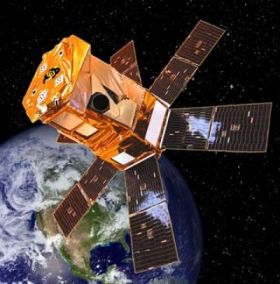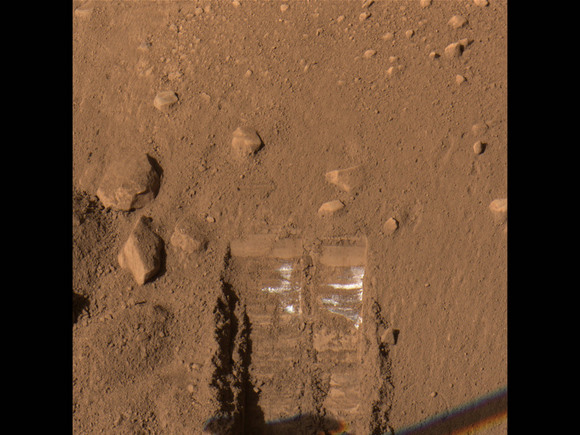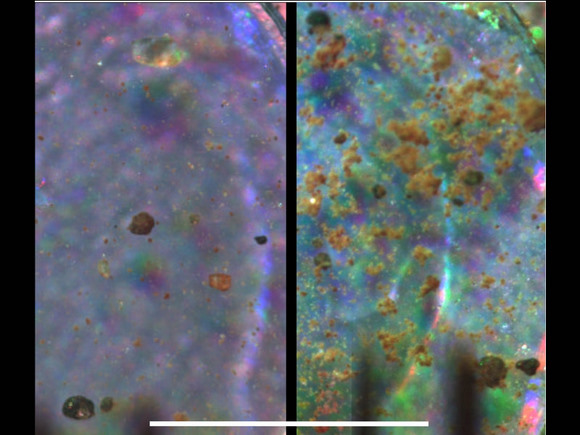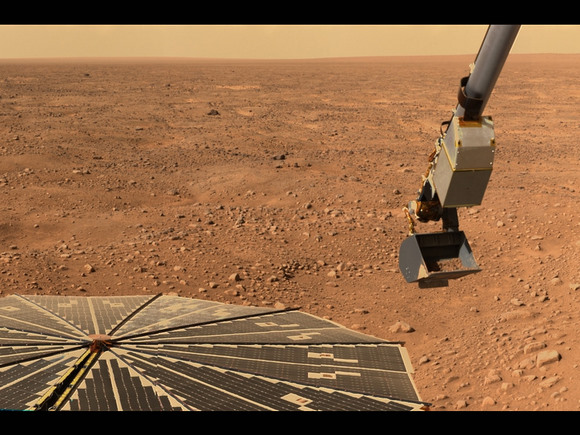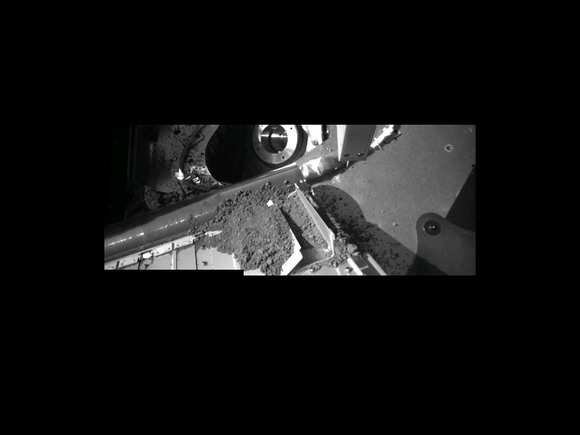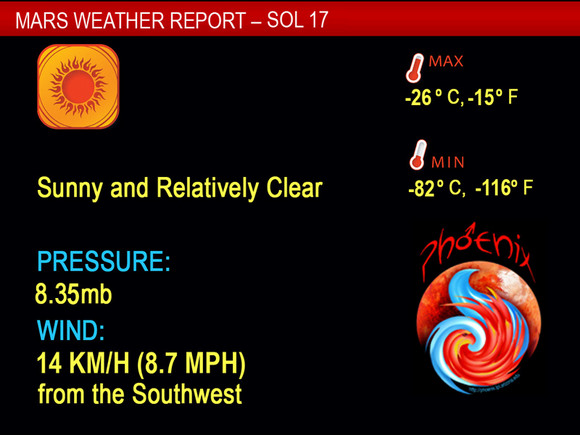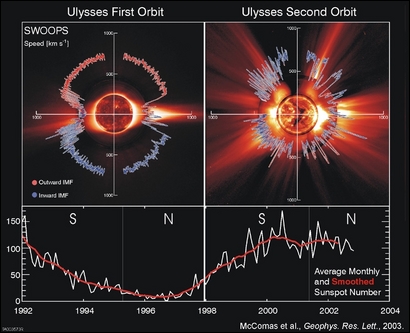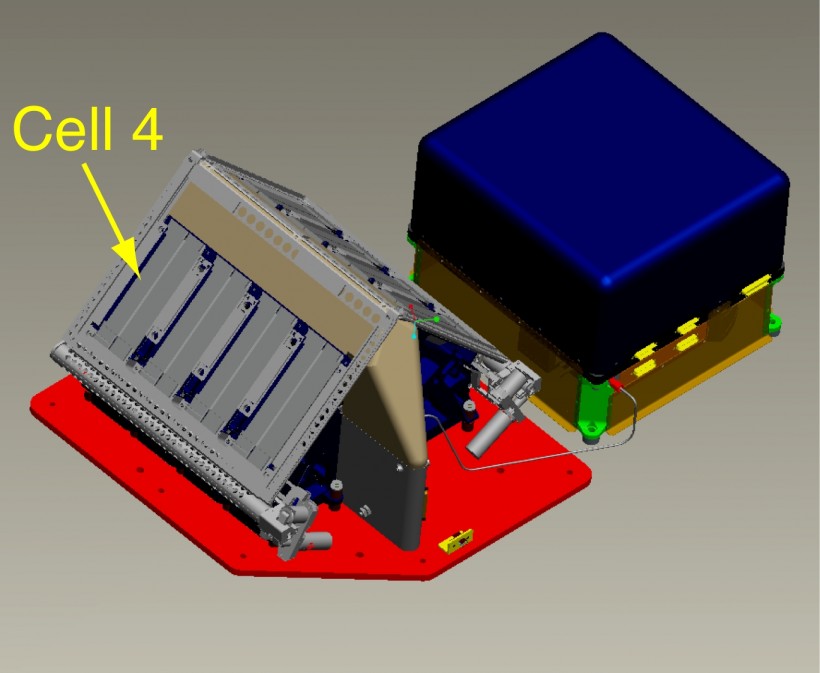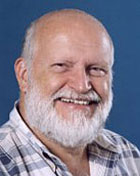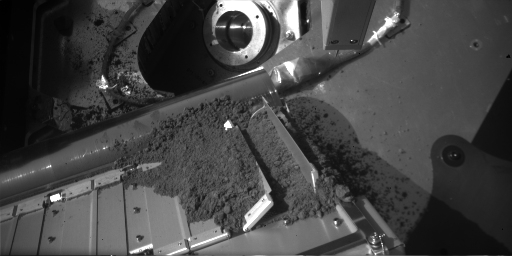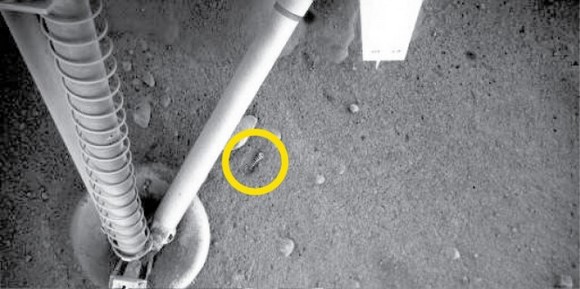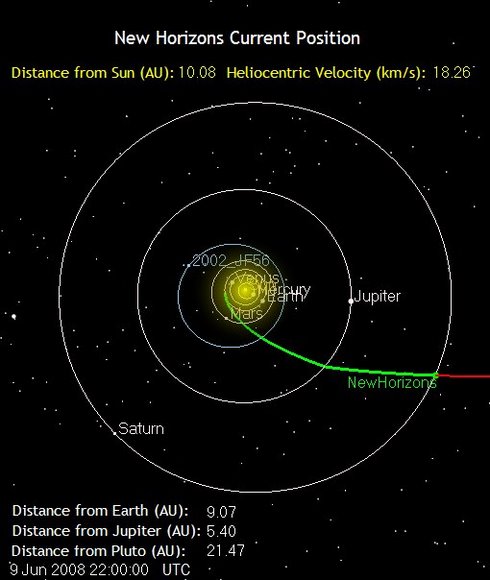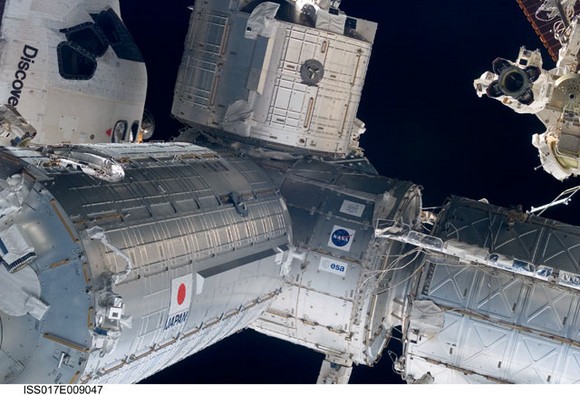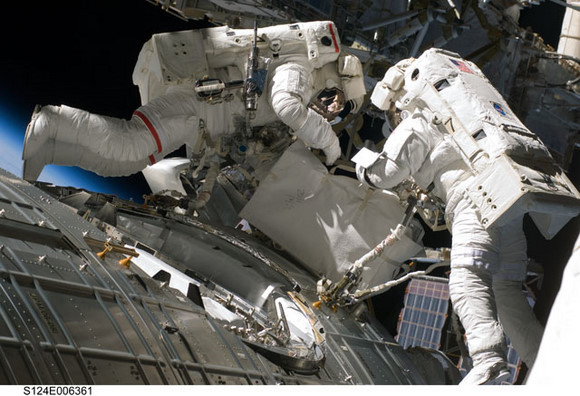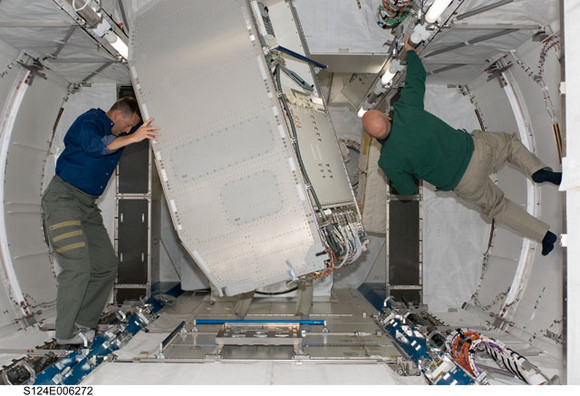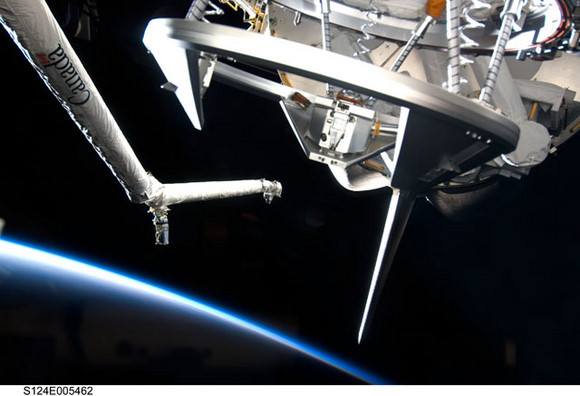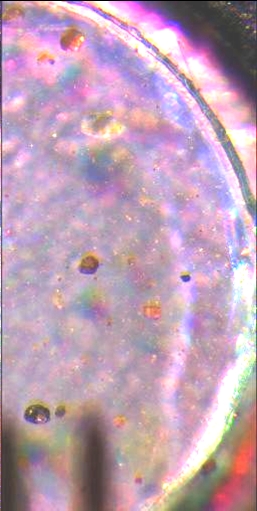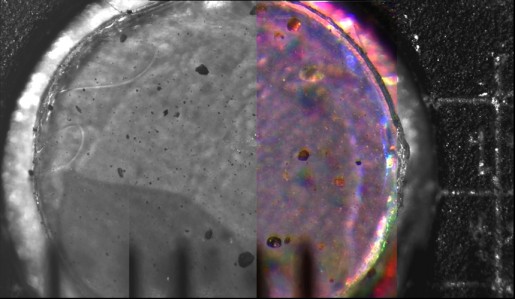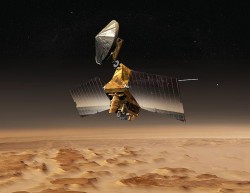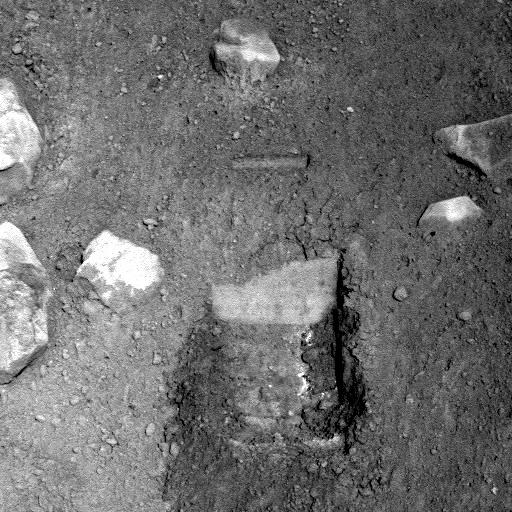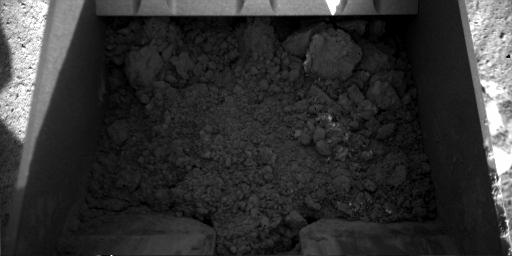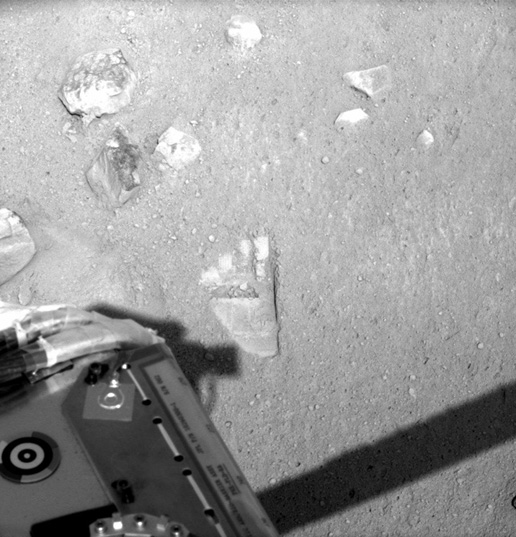Here’s something you don’t read everyday: The University of Colorado at Boulder returned nearly $3 million in cost savings to NASA for the SORCE mission, the Solar Radiation and Climate Experiment, which studies how the sun’s variation influences Earth’s climate and atmosphere. The university designed, built and controls the mission. Tom Woods, principal investigator of SORCE said the cost savings were the result of a small, efficient management team, thorough pre-launch testing of prototype instruments and tight schedule adherence during the development phase. “We have a long history at LASP (Laboratory for Atmospheric and Space Physics, in Boulder) in mission and instrument development and spaceflight management and operations, and our experience clearly showed here,” said Woods. “We didn’t cut any corners, we made the best use of the available budget, and we are extremely pleased to be able to return this substantial cost savings back to NASA.”
The SORCE mission was launched by NASA in 2003. Its total budget of $100 million from 1999 to 2008 included the design and development of the satellite’s five instruments, as well as five-and-one-half years of operations, and did not include launch costs. A $2,997,000 check for the cost savings from SORCE development and operations was presented to NASA officials on June 17.
According to Woods, the cost savings during flight operations were largely due to the “sharing” of Laboratory for Atmospheric and Space Physics (LASP) personnel who also operate three other NASA satellites — ICEsat, QuikSCAT and AIM — from the CU Research Park in Boulder.
According to NASA, CU-Boulder is the single largest recipient of NASA university research dollars in the nation. In fiscal year 2007, CU-Boulder received $46.9 million from NASA and an additional $3 million in federal funds for space research from the Jet Propulsion Laboratory in Pasadena and the Space Telescope Science Institute in Baltimore.
SORCE is part of NASA’s Earth Observing System and has greatly expanded measurements of the sun’s radiation, covering wavelengths from soft x-ray bands and ultraviolet light through the visible and near-infrared wavelengths, said Woods. Accurate measurements of solar variation are essential for predicting the sun’s influence on climate and the atmosphere and quantifying how humans are changing the environment, he said.
The SORCE mission was recently extended through 2012, providing LASP with an additional $18 million for satellite operations and data analysis. NASA ranked the SORCE mission as excellent across the board for quality, timeliness, cost and leadership, a ranking achieved by only 4 percent of all NASA missions.
Original News Source: PhysOrg

